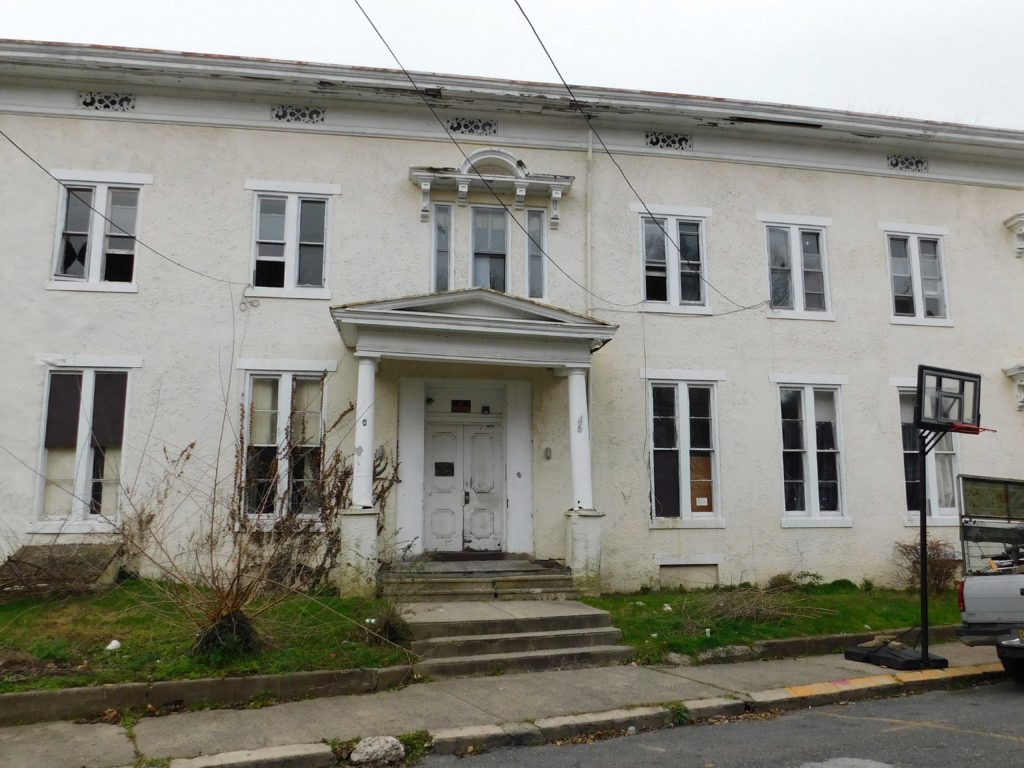
Philemon Dickinson, called “one of the truest patriots of the revolution” by historian William Stryker, was from a wealthy family that owned land in several states, but he chose to establish a country estate, which he called the Hermitage, at a site outside the town of Trenton, New Jersey. He bought the property, which included a house and barns, in July of 1776.
Not long after he bought the property, Hessian troops seized the building and established a picket there, which guarded the approach to Trenton from the north. Dickinson, who was a general in the New Jersey militia, was stationed across the river in Yardley, where he could observe the Hessians occupying his home. After crossing the Delaware on Christmas night, American troops marched past the Hermitage on their way to Trenton, driving the Hessians before them. General Dickinson, still stationed in Yardley, contributed to the effort by ordering the artillery to shell his own home; fortunately for his real estate, the effect was mostly symbolic.
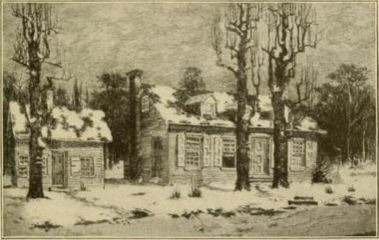
After the war, Dickinson expanded his estate, in 1784 building a stone and stucco building that still survives. He ran for governor unsuccessfully three times (the similarly named, but unrelated, Philemon Dickerson was a governor of New Jersey in the 1830s) and served as a U.S. Senator. His brother, John Dickinson, was a member of both the Continental Congress and the 1787 Constitutional Convention (Dickinson College in Pennsylvania is named after John and his wife Mary).
Dickinson died in 1809, and the Hermitage was remodeled during the nineteenth century. By the beginning of the twentieth century, the city of Trenton had expanded to include the Hermitage.
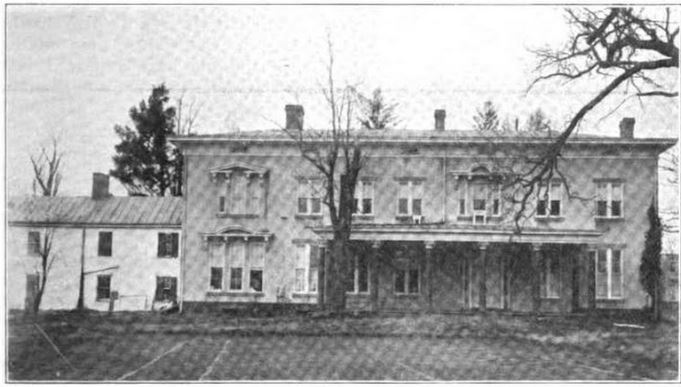
Developers laid out a grid of streets around it and tore down the original colonial house, replacing it with row homes and a street they named Colonial Avenue. The larger 1784 building, oriented at an angle to the new street, was turned into an apartment building around 1905 and still survives, barely. Its outer appearance bears little resemblance to how it looked during Dickinson’s time.
The Hermitage was listed on the National Register of Historic Places in 1974, but has remained in private ownership and has not survived as well as other city landmarks like the Trent House. Its deterioration has accelerated in the last several years. It reportedly has a new owner, but it remains to be seen whether the Hermitage will survive for much longer.
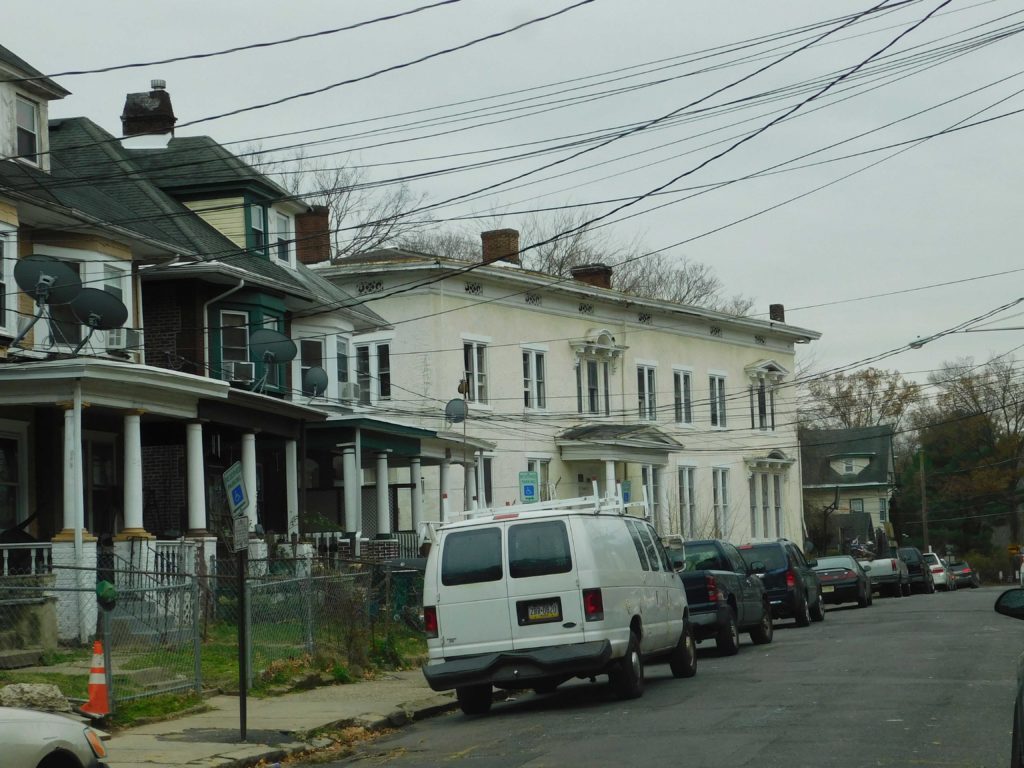
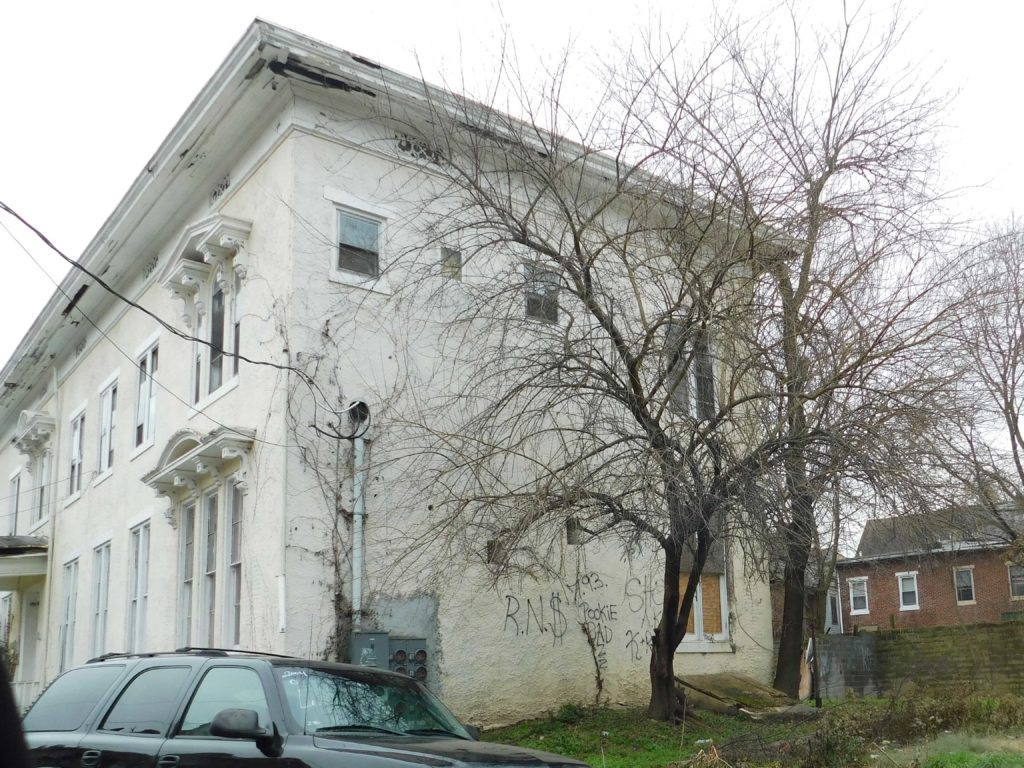
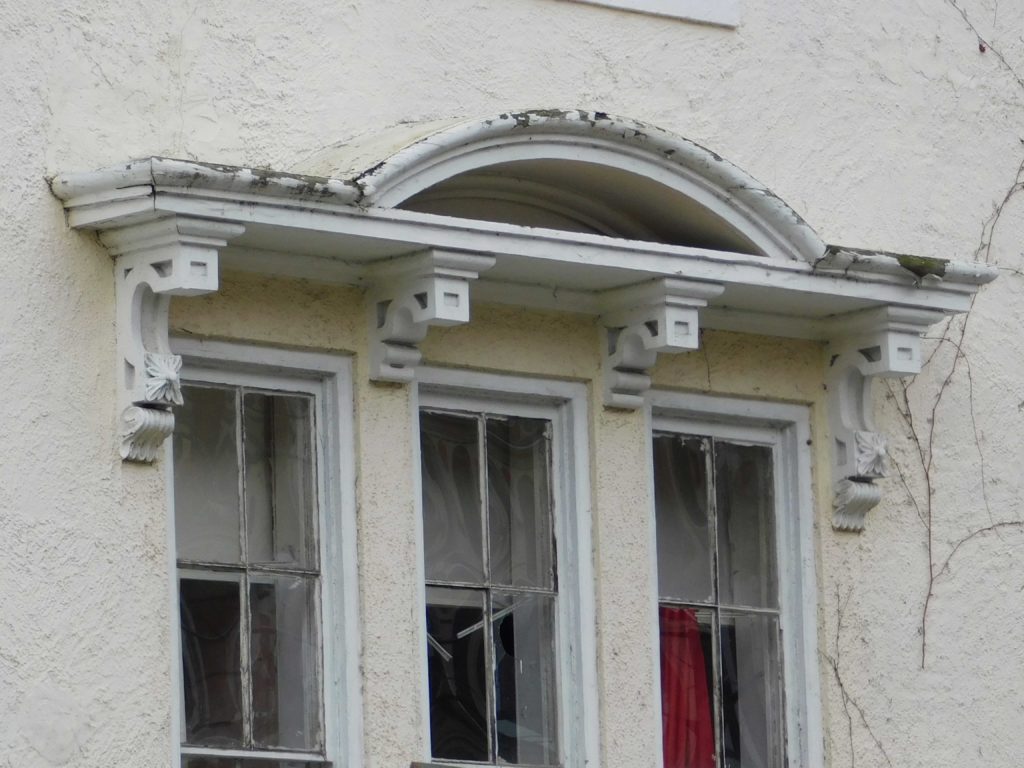
Very interesting. I have a
Philemon Dickenson signed note. I have sern the building and only livec3 miles from it.
That’s cool. A lot of famous people also visited the Hermitage in its prime.